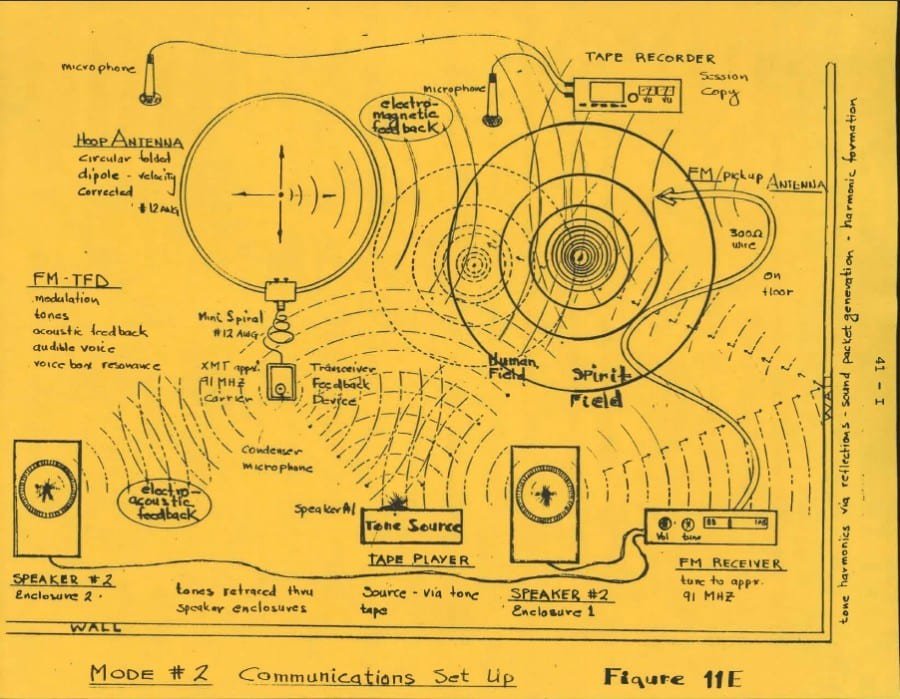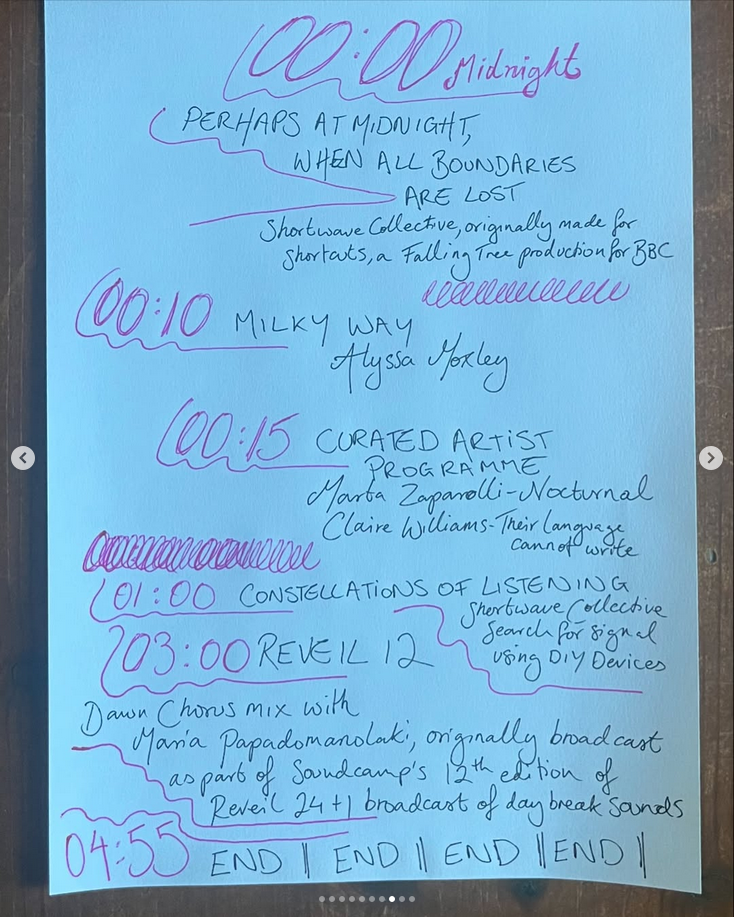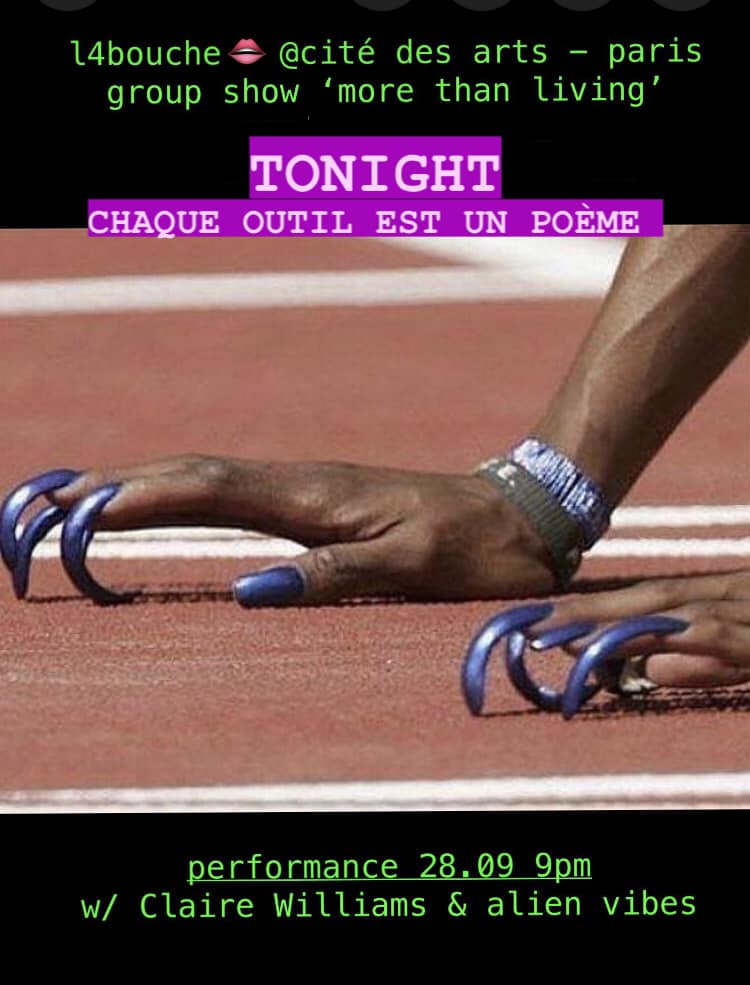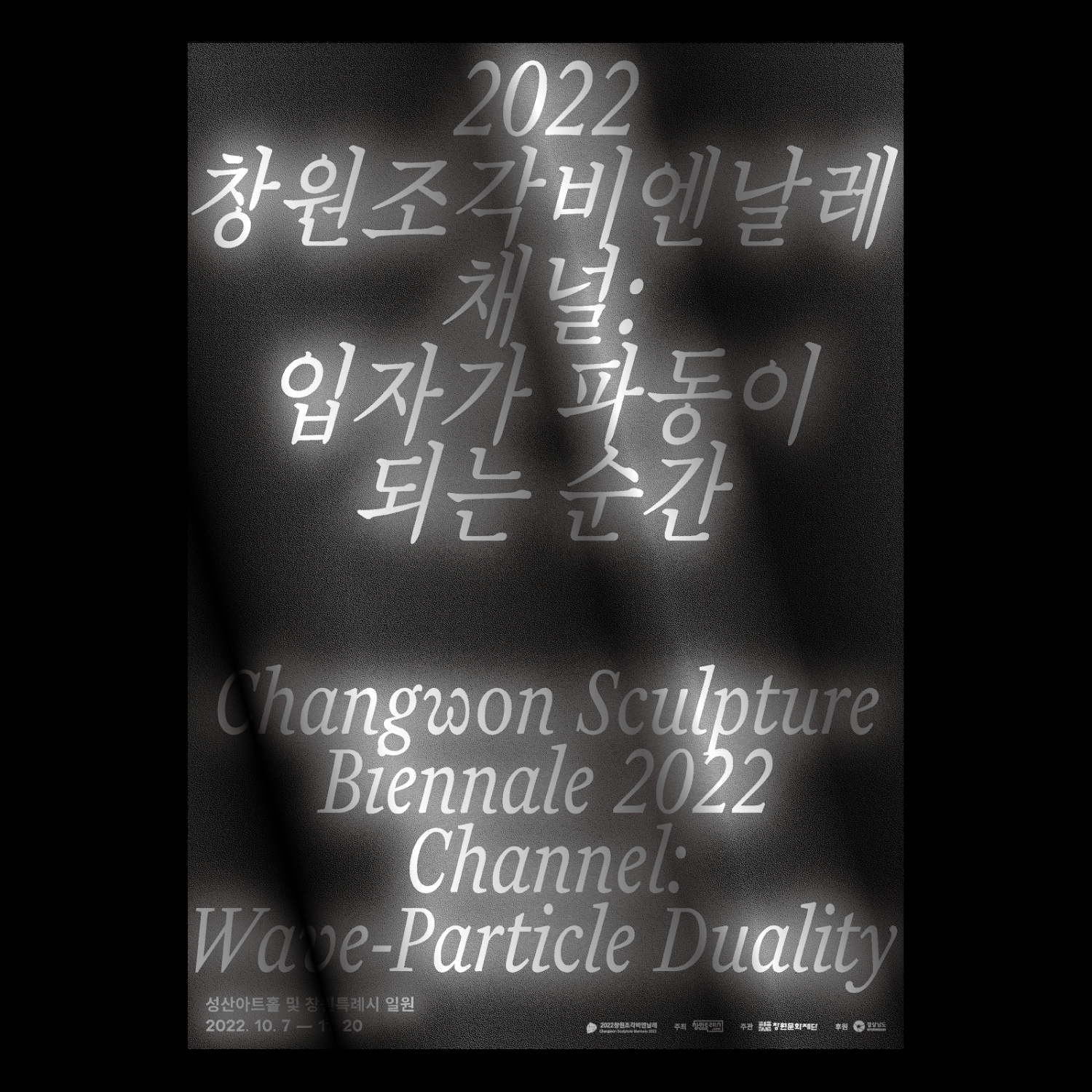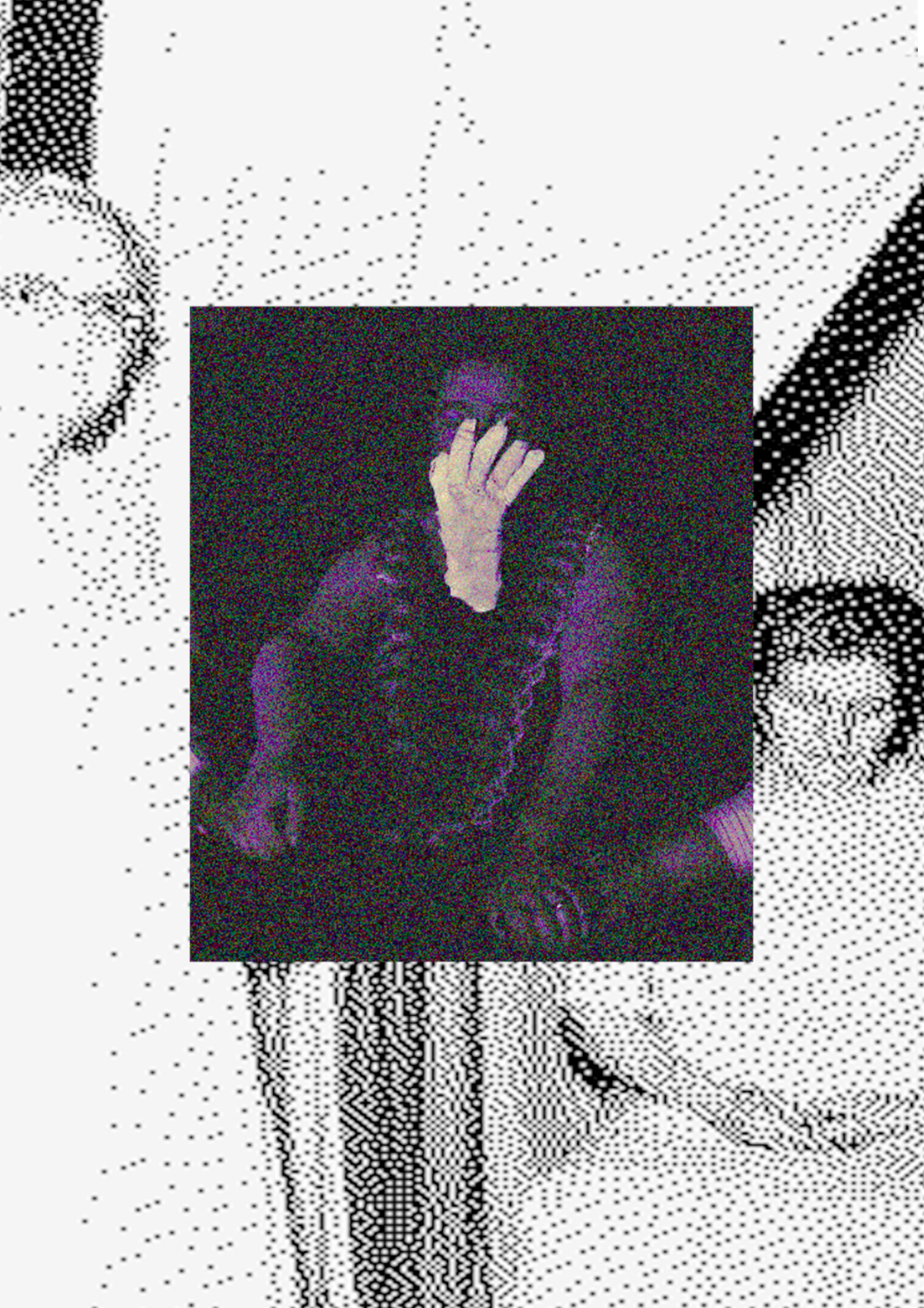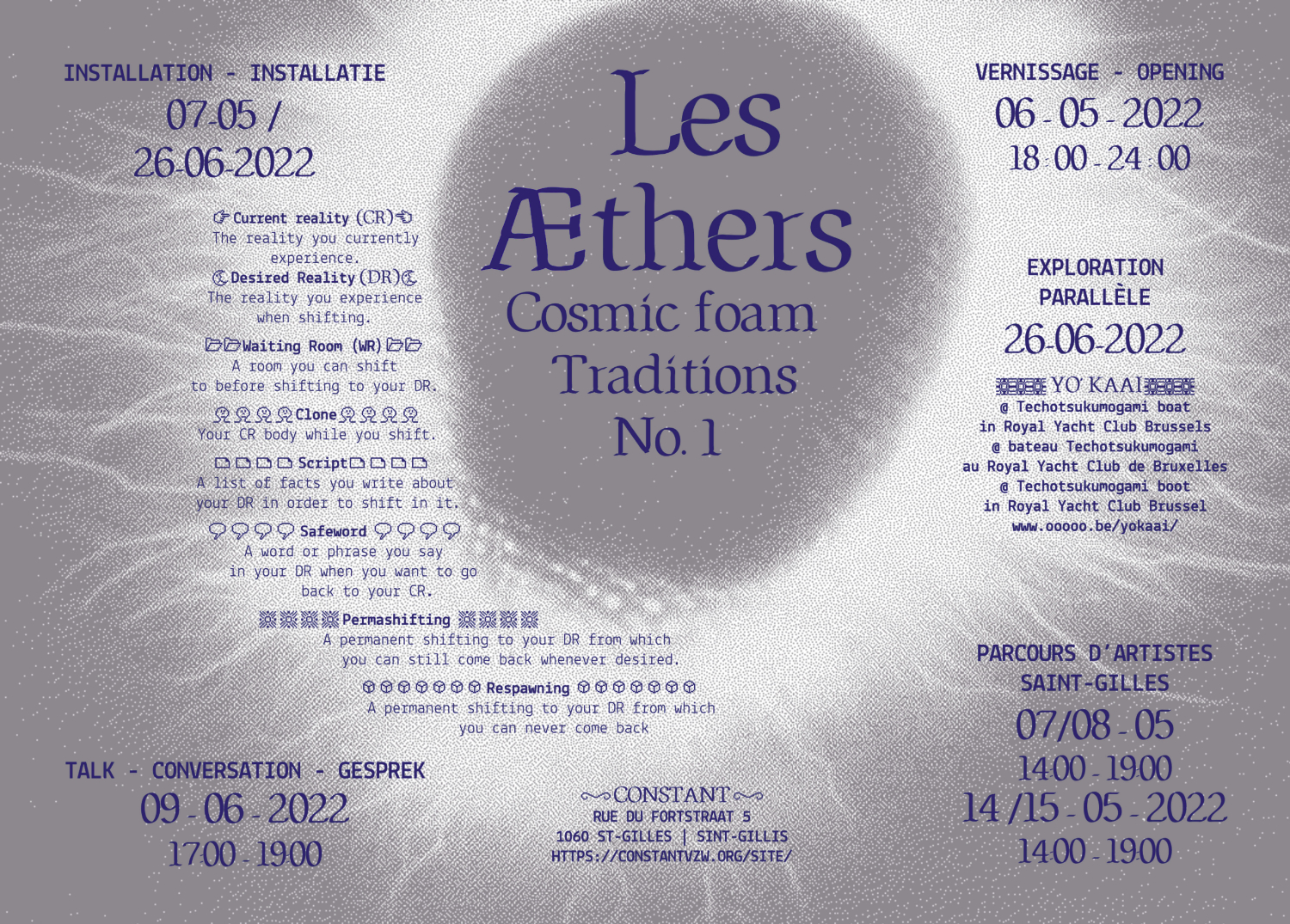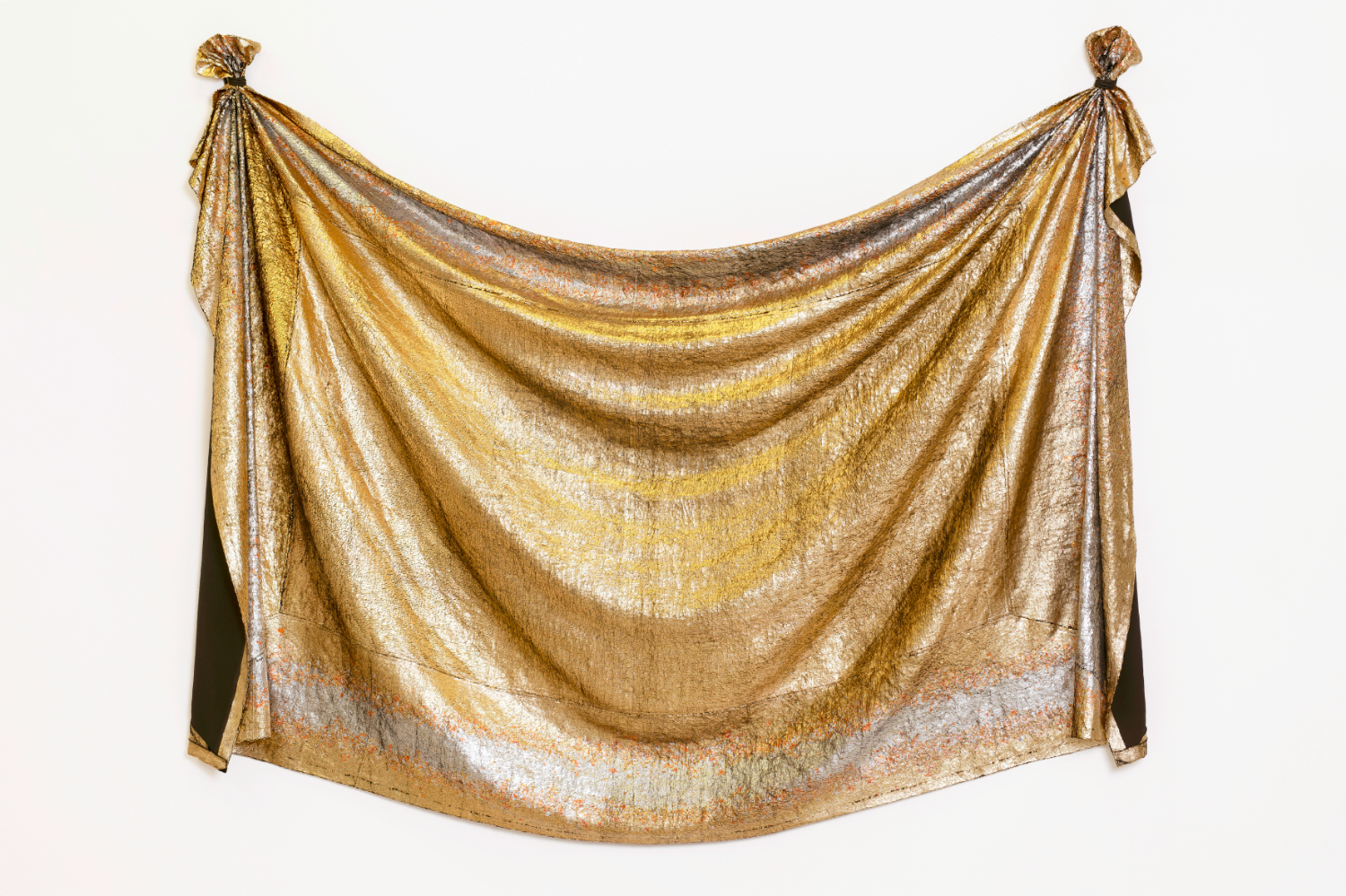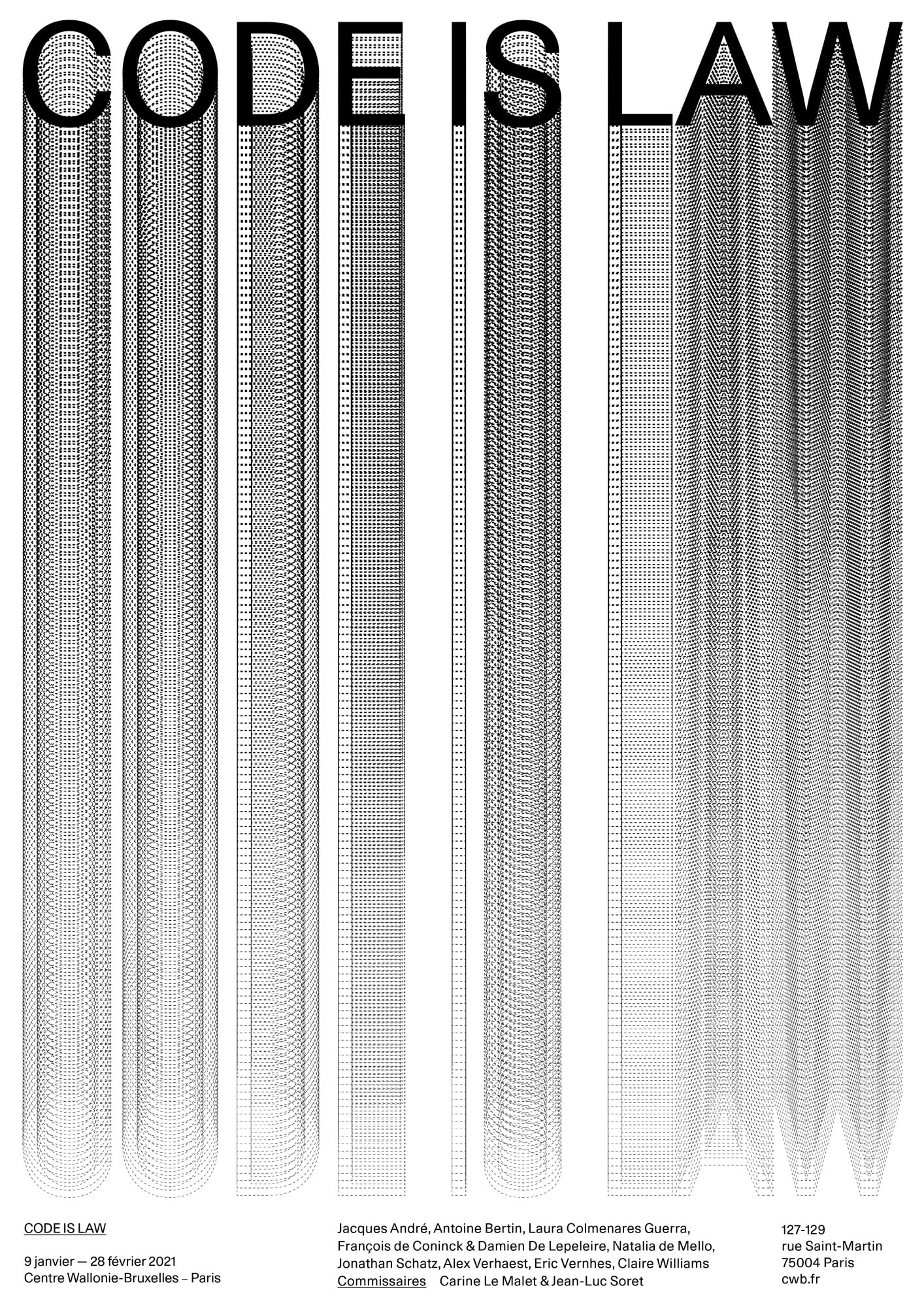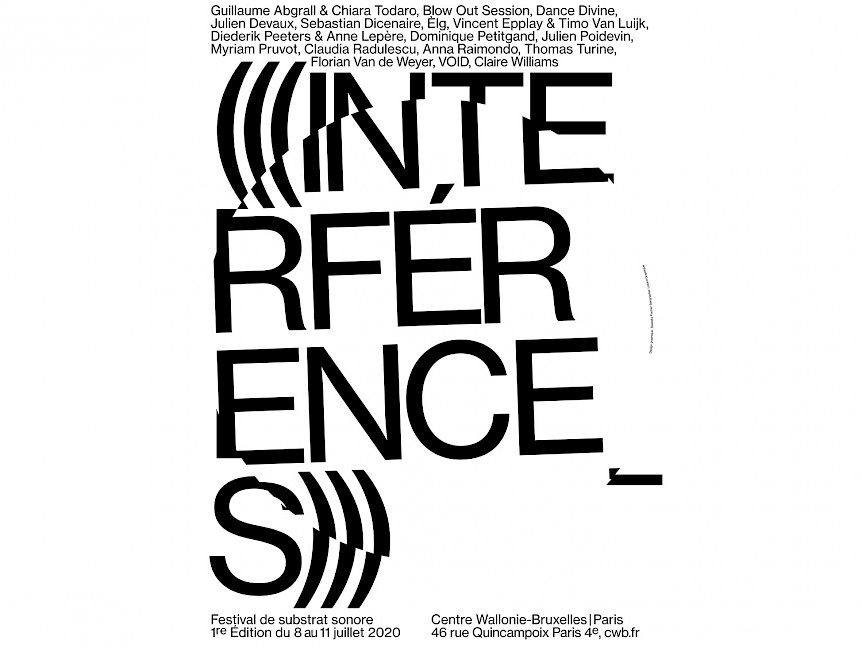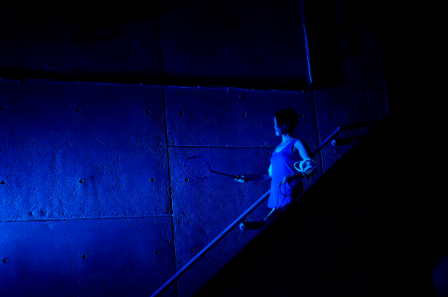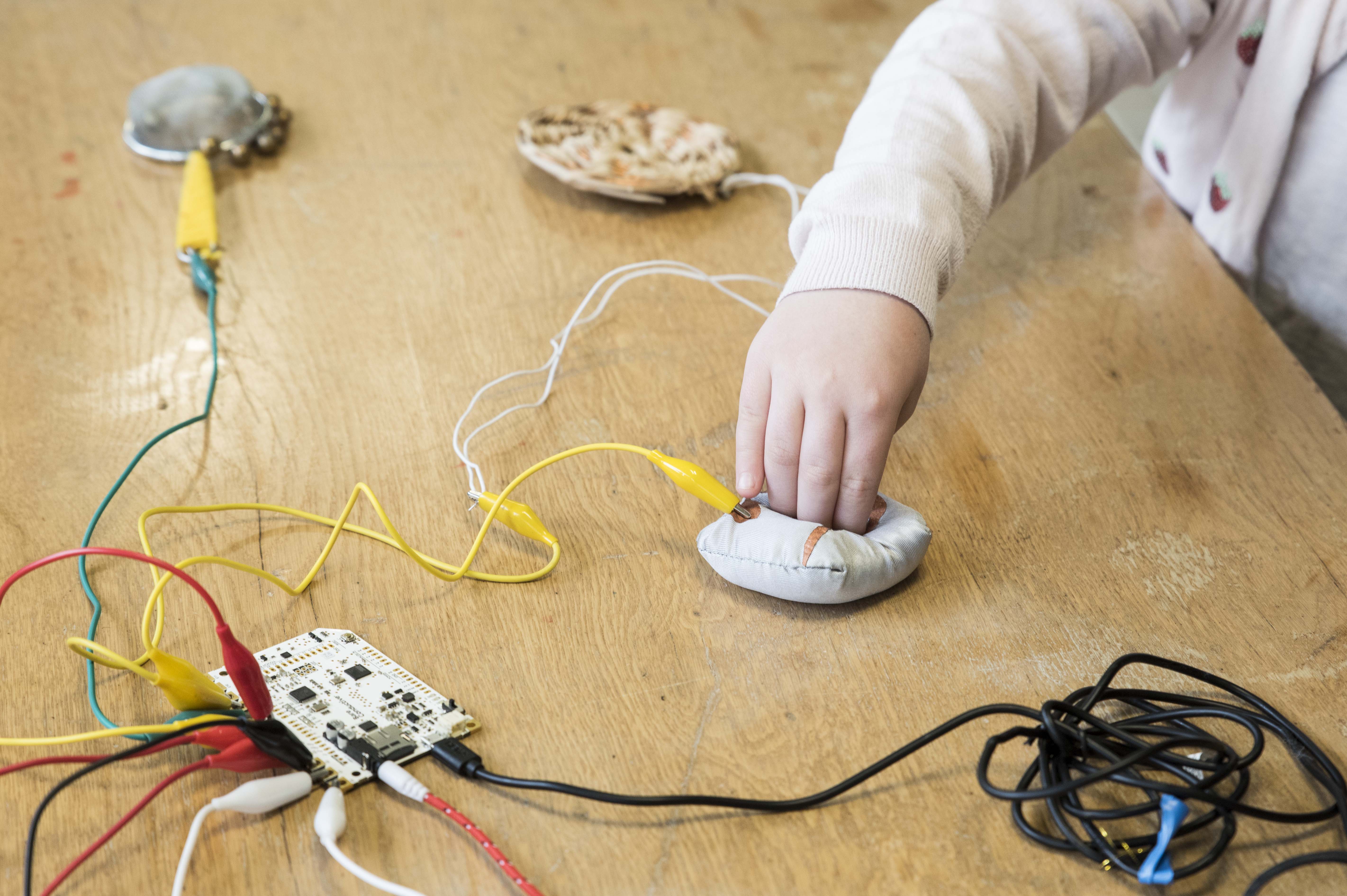EtherIc Listening
Wirlessness
Becoming an antenna. Hearing with the invisibles.

The sound of light
<iframe width="560" height="315" src="https://www.youtube.com/embed/J0kiiOS8NbI?si=-AqLSVMaM27KAGb5" title="YouTube video player" frameborder="0" allow="accelerometer; autoplay; clipboard-write; encrypted-media; gyroscope; picture-in-picture; web-share" referrerpolicy="strict-origin-when-cross-origin" allowfullscreen></iframe>
Oramics is a drawn sound technique designed in 1957 by musician Daphne Oram. The machine was further developed in 1962 after receiving a grant from the Gulbenkian Foundation. The technique involves drawing on 35mm film strips to control the sound produced.
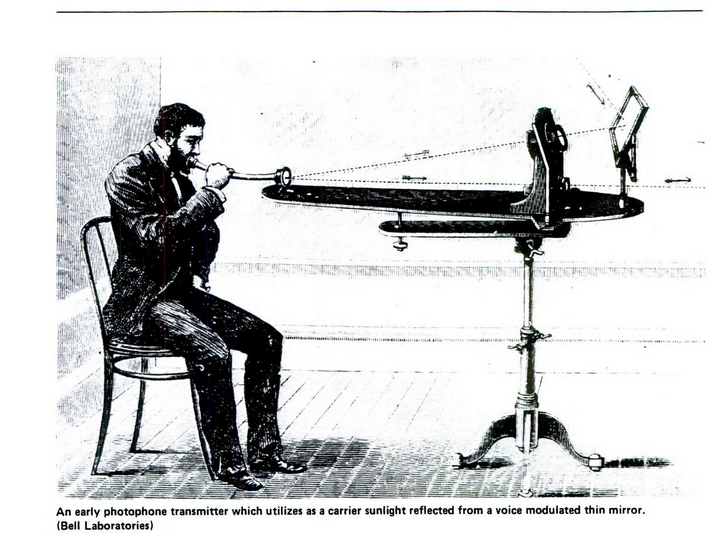
We have found that the simplest form of apparatus for producing the effect consists of a plane mirror of flexible material against the back of which the speaker's voice is directed. Under the action of the voice the mirror becomes alternately convex and concave and thus alternately scatters and condenses the light.
I have heard articulate speech by sunlight! I have heard a ray of the sun laugh and cough and sing! ...I have been able to hear a shadow and I have even perceived by ear the passage of a cloud across the sun's disk. You are the grandfather of the Photophone and I want to share my delight at my success.
— Alexander Graham Bell, in a letter to his father Alexander Melville Bell, dated February 26, 1880
Etheric Listening
Telegrphic lines were installed and telephone lines followed they became what we know today as antennas that sensed the magentosphere radio activity (VLF).
"Watson heard natural radio when the long iron telephone test line acted unwittingly as a long-wave antenna. This was before anyone knew
what an antenna was or, for that matter, what electromagnetic radio waves were. Watson had an intuition about how they might have been
generated but absolutely no way of knowing. The only reason that Watson was the first person to accidentally hear these sounds was due to
his privileged proximity to the right type of transducer: the telephone. Because the transduction was occurring within the audio frequency
range, there was no need to step-down shorter electromagnetic waves into longer waves of human hearing in the process that we now know
through the device of radio. A primitive telephone connected to a long iron line would suffice. Not long after Watson listened out of curiosity and pleasure, scientists tried to figure out what whistlers were and where they came from. Signal corps members in the killing fields of World War I heard whistlers, prompting scientific research during the 1920s that itself was associated with verifying the existence of the ionosphere and mapping its features." D. Kahan Earth Sound signal Earth
"When a telephone is placed in circuit with a telegraph line, the telephone is found seemingly to emit sounds on its own account. The
most extraordinary noises are often produced, the causes of which are at present very obscure. One class of sounds is produced by the inductive
influence of neighboring wires and by leakage from them, the signals of the Morse alphabet passing over neighboring wires being audible in the
telephone; and another class can be traced to earth currents upon the wire, a curious modification of this sound revealing the presence of
defective joints in the wire." A. Graham Bell
VLF
http://www.xxx-clairewilliams-xxx.com/site/assets/files/1427/vlf_a_sound_artists_guide.pdf

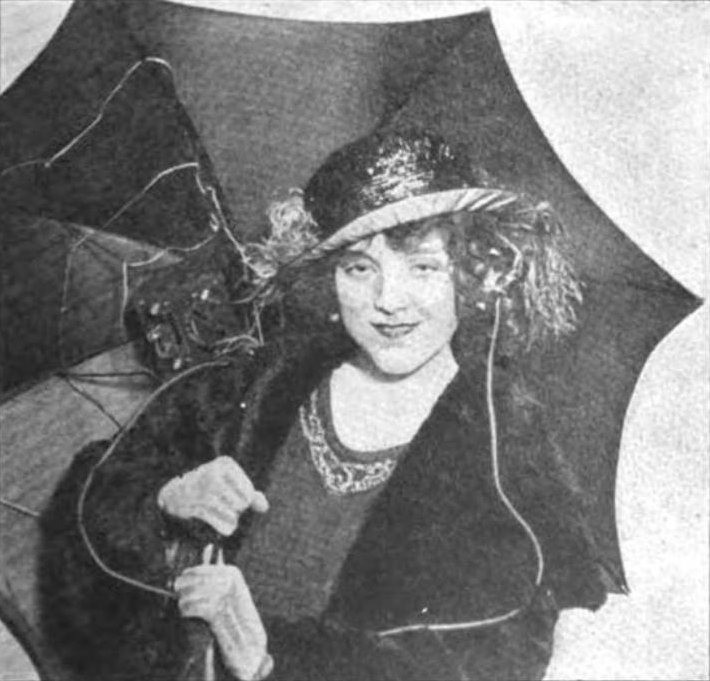
Drawing Sound
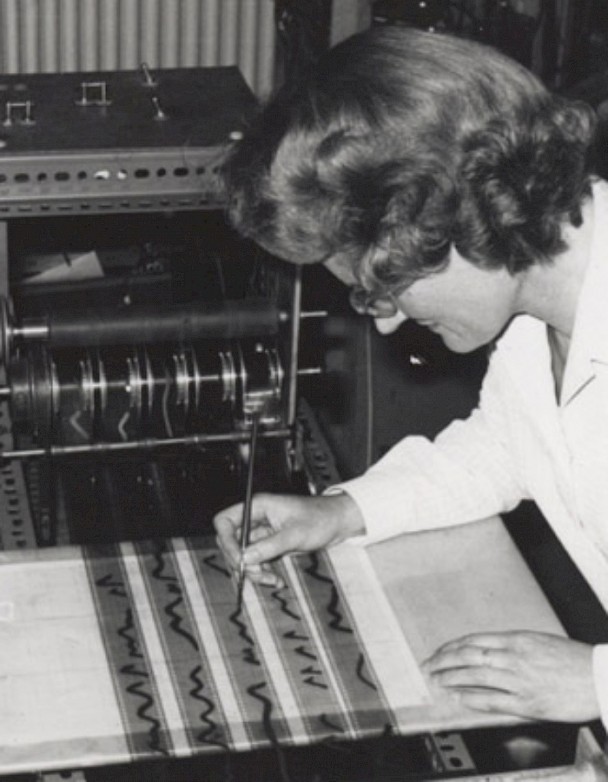

<iframe width="560" height="315" src="https://www.youtube.com/embed/mJ08diPUv6A" title="YouTube video player" frameborder="0" allow="accelerometer; autoplay; clipboard-write; encrypted-media; gyroscope; picture-in-picture" allowfullscreen></iframe>

EVP (Electronic Voice Phenomena)
Practices of listing in radiowaves started in WW2 when the army was trying to discepher voices or secret messages in radio stations. They heard strange voices, abnormal sounds of what seemed like other worlds or "mutante creatures".
<iframe style="border: 0; width: 100%; height: 42px;" src="https://bandcamp.com/EmbeddedPlayer/album=4135223582/size=small/bgcol=ffffff/linkcol=0687f5/track=3908367620/transparent=true/" seamless><a href="https://parcevp.bandcamp.com/album/the-ghost-orchid-an-introduction-to-evp">The Ghost Orchid - An Introduction to EVP by Raymond Cass</a></iframe>
How to Listen:
Anyone with an interest in the study of survival of the human consciousness beyond physical death stands to learn and grow from investigating and/or conducting his or her own EVP research. There are many ways to approach the possible manifestations of post-mortem survival; perhaps the best attitude to take is to consider it a mix of both science and spirituality. Most researchers conduct recording sessions in their homes, on a regular basis. Frequency and consistency seem to aid in obtaining results.
What do you need to tape?
1: A tape recorder, obviously. Early recordings were made on reel- to-reel machines, then cassette decks. Anything with a built-in microphone or speakers has proven unreliable as they increase distortion and often pick up too much local motor noise, if recordings are made at high levels. The introduction of digital technology has greatly improved recording quality and is a still more preferable medium.
2: A microphone. Condenser mikes aren't up to scratch. You will end up hearing yourself talking and there will more than likely be a wall of hiss in the background. Good quality microphones can be bought at most hi-fi stores.
3: Decent headphones always come in handy. They can help to pinpoint sounds more specifically if used simultaneously with (loud) speaker playback
4: Good loudspeakers that can tolerate high volume levels, a stereo amplifier to drive them, and if possible, a graphic equalizer, so that you can filter out unnecessary frequencies.
5: A sound source. Try tuning to a frequency between stations on an AM/FM radio. You'll probably achieve better results on the AM waveband, as FM contains so much bleeding between the stations on an already overloaded dial. Seek out areas where white noise is the dominant sound. This same procedure can be applied to short-wave radio, where there are less frequencies. If utilizing the AM/FM or short wave bands doesn't appeal to you, try the air bands. These are frequencies air pilots and control towers use to communicate. The only earthly voices you are going hear will be clearly evident as air traffic communications, so if someone says, "This is your dead uncle," you can be sure it isn't a British Airways pilot. You might also try playing a record or making a tape of running water. Apparently both of these methods also work well.
7: A commitment to taping.
What should you expect?
Do not expect to hear anything the first time you tape, or perhaps the ten times after that. It seems to take about two weeks before most tapers get anything, or before their ear has been trained to distinguish a spirit voice, which might sound like a whisper, be low and tonal in pitch, be faster or slower than normal speech, or oddly accented. If you are successful, you will undoubtedly hear voices uttering strange, seemingly unintelligible words and phrases. You may hear calls for help from distressed souls. You may never receive messages from the people (in spirit) you love best, or if you do, you may hear from them only once or infrequently.
source https://www.anomalist.com/features/evp.html)
